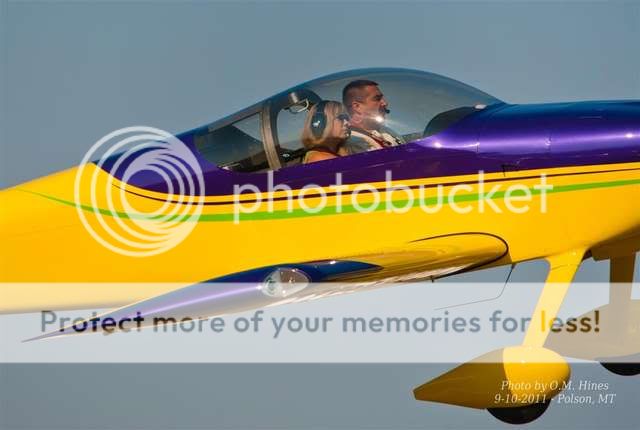GusBiz
Well Known Member
So a while ago someone told me "Gus, every idea weighs something??
I have a few gadgets I would like to add and I am knocking off the ones I think are just too heavy or too silly, (oddly they are often the same item)
So as I am adding all of this weight together it occurs to me that paint could be more weight than any of the other ?ideas? that I have thought of.
The surface area of the plane is not small and there is a wide range of paint jobs from a light coat to a custom show room finish.
I am looking more for the second one so I would be looking for the following (Welcome to the heavy and most likely stupid item)
So this is what would be involved I have been told;
1. Primer layer
2. Filler of surface imperfections
(or as we know it here in Australia, Bog?don?t even ask where that came from)
3. One to two coats of Base Colour
4. Three to four coats of clear that will be then cut and polished into a serious nice paint job
Now all of that may be too much and I know a lot will talk about flutter issues with the Emp, that Filler will be my biggest mass item, that I don?t need four coats of clear etc.
I would like to hear all of that. Bring it on guys; tell me how wrong I am because I might as well hear it now instead of regret not having heard it later.
Also please add the difference in weight that paint made to your aircrafts and please add what kind of paint job it was. A Base with one of clear or the overdone job I am intending on doing
PS. Does anyone know if certified aircraft is tested before its painted or after? I would assume after but I am interested in the whole "but what if you have to change something" discussion
I have a few gadgets I would like to add and I am knocking off the ones I think are just too heavy or too silly, (oddly they are often the same item)
So as I am adding all of this weight together it occurs to me that paint could be more weight than any of the other ?ideas? that I have thought of.
The surface area of the plane is not small and there is a wide range of paint jobs from a light coat to a custom show room finish.
I am looking more for the second one so I would be looking for the following (Welcome to the heavy and most likely stupid item)
So this is what would be involved I have been told;
1. Primer layer
2. Filler of surface imperfections
(or as we know it here in Australia, Bog?don?t even ask where that came from)
3. One to two coats of Base Colour
4. Three to four coats of clear that will be then cut and polished into a serious nice paint job
Now all of that may be too much and I know a lot will talk about flutter issues with the Emp, that Filler will be my biggest mass item, that I don?t need four coats of clear etc.
I would like to hear all of that. Bring it on guys; tell me how wrong I am because I might as well hear it now instead of regret not having heard it later.
Also please add the difference in weight that paint made to your aircrafts and please add what kind of paint job it was. A Base with one of clear or the overdone job I am intending on doing
PS. Does anyone know if certified aircraft is tested before its painted or after? I would assume after but I am interested in the whole "but what if you have to change something" discussion





